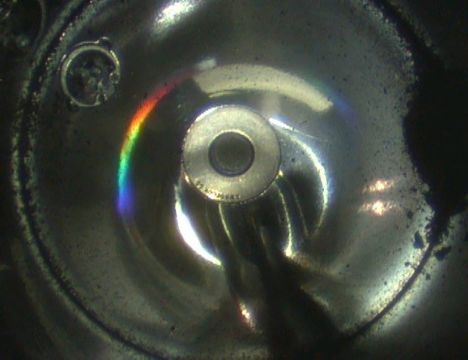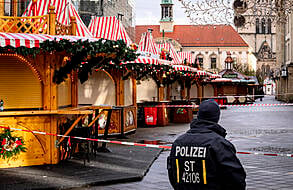Officials from Japan’s space agency said they have found more than the anticipated amount of soil and gases inside a small capsule the country’s Hayabusa2 spacecraft brought back from a distant asteroid this month.
The Japan Aerospace Exploration Agency (Jaxa) said its staff initially spotted some black particles sitting on the bottom of the capsule’s sample-catcher when they pulled out the container on Monday.
By Tuesday, scientists found more of the soil and gas samples in a compartment that stored those from the first of Hayabusa’s two touchdowns on the asteroid last year.
The sample container inside the re-entry capsule was opened on December 14, and we confirmed black grains thought to be from Ryugu were inside. This is outside the main chambers, and likely particles attached to the sample catcher entrance. (English release available tomorrow) https://t.co/NAw1R1cjvy pic.twitter.com/5BfXxfH29h
— HAYABUSA2@JAXA (@haya2e_jaxa) December 14, 2020
Advertisement
“We have confirmed a good amount of sand apparently collected from the asteroid Ryugu, along with gases,” Jaxa Hayabusa2 project manager Yuichi Tsuda said in a video message during an online news conference.
“The samples from outside of our planet, which we have long dreamed of, are now in our hands.”
He called the successful return of asteroid soil and gas samples “a major scientific milestone”.
The pan-shaped capsule, 40cm (15 inches) in diameter, was dropped by Hayabusa2 from space to a predetermined spot in a sparsely populated Australian desert on December 6 at the end of its six-year round trip to Ryugu, more than 300 million kilometres (190 million miles) from Earth.
The capsule arrived in Japan last Tuesday for research that will scientists hope will provide insight into the origins of the solar system and life on Earth.
A large number of particles are confirmed to be in “sample chamber A” inside the collected capsule (~11:10 JST on 12/15). This is thought to be the sample from the first touchdown on Ryugu. The photo looks brown, but our team says “black”! The sample return is a great success! pic.twitter.com/34vIx17zOX
— HAYABUSA2@JAXA (@haya2e_jaxa) December 15, 2020
Hirotaka Sawada, a Jaxa scientist, was the first to look inside the capsule’s sample-catcher.
He said he was “almost speechless” with surprise and joy when he found that the samples inside included were just the expected dust size but also the size of grain and pebbles.
Soil samples in photos shown in Tuesday’s presentation looked like dark coffee grounds or black sesame seeds.
Scientists are hoping samples from the asteroid’s subsurface can provide information from billions of years ago that are unaffected by space radiation and other environmental factors.

Jaxa scientists say they are particularly interested in organic materials in the samples to learn about how they were distributed in the solar system and if they are related to life on Earth.
Sei-ichiro Watanabe, a Nagoya University earth and environment scientist working with Jaxa, said having more sample material to work with than expected is great news as it will expand the scope of studies.
The samples were gathered from two touchdowns that Hayabusa2 made last year on Ryugu. The landings were more difficult than expected because of the asteroid’s extremely rocky surface.
The first landing collected samples from Ryugu’s surface and the second from underground. Each was stored separately.
Jaxa said it will look into another compartment, used for a second touchdown, next week, and will continue an initial examination ahead of the later studies of the material.
Following studies in Japan, some of the samples will be shared with Nasa and other international groups for additional research beginning in 2022.







